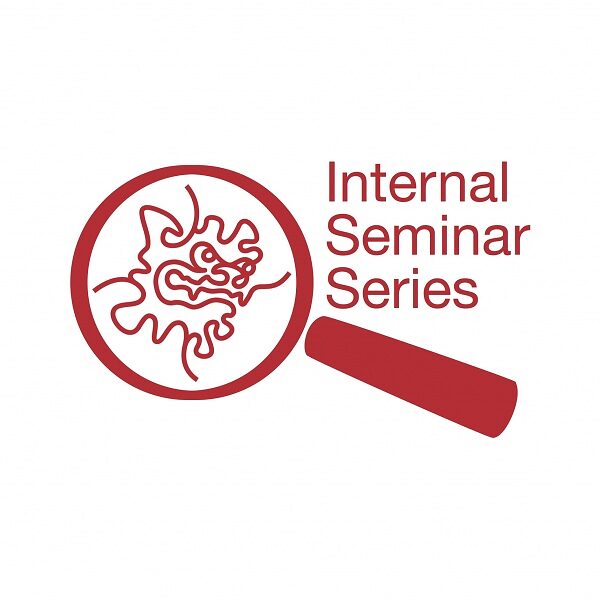Internal Seminar: Kuhn + Doya Unit and Mitarai Unit

Date
Location
Description
Join us for this April's Internal Seminar Series, from 17:00 to 18:00 in B250, central building.
This month's seminars feature a collaboration between the Optical Neuroimaging (Bernd Kuhn) and Neural Computation (Kenji Doya) Units and the Marine Biophysics Unit (Satori Mitarai).
Optical Neuroimaging (Bernd Kuhn) and Neural Computation (Kenji Doya) Units
Speaker : Akihiro Funamizu
Title : How do men and mice make decisions? A two-photon microscopy study.
Abstract : Our life is a continuous stream of decision making – sometimes simple decisions (shall I eat this chocolate? Yes!), sometimes more complicated ones (is the manuscript already good enough to make me rich and famous? maybe???). Here, we aim to study the decision making process in mice. To do this we image the cortical brain activity at cellular resolution in awake mice with two-photon microscopy during a special decision making task, a so called virtual-sound navigation task. There, we ask the mouse to make a decision for getting a reward, but sometimes the mouse will not get the full information for making the right, sensory input based decision. The mouse will have to use a model that is constructed out of its memory and experience to make the right decision. Our task is to prove that such a model exists, where it is located in the brain, and how it is implemented on a cellular level. In my presentation, I will show our preliminary results which suggest that the neurons in posterior parietal cortex (PPC) of mice show activity patterns that are in agreement with model based decision making.
Marine Biophysics Unit (Satori Mitarai)
Speaker : Mary Grossmann
Title : OIST Ocean Cube cabled observatory: effects of tropical cyclones on near-bottom plankton communities.
Abstract : Coral reefs are a complex and fragile type of ecosystem, and are increasingly studied in the light of a global warming of the world’s oceans. However, these studies primarily focus on the reef or its underlying sediments, and little is known of the temporal and spatial dynamics of the pelagic communities living in the water column above the reefs. In an effort to provide a more comprehensive monitoring of coral reef ecosystems, OIST has deployed a cabled observatory system on the eastern coast of Okinawa Island, continuously recording biological, chemical and physical parameters of both the reef and the water column above it. After a quick presentation of the cabled observatory system, I will show how this system could provide novel information on the effect of tropical cyclones on plankton communities.
Subscribe to the OIST Calendar: Right-click to download, then open in your calendar application.



